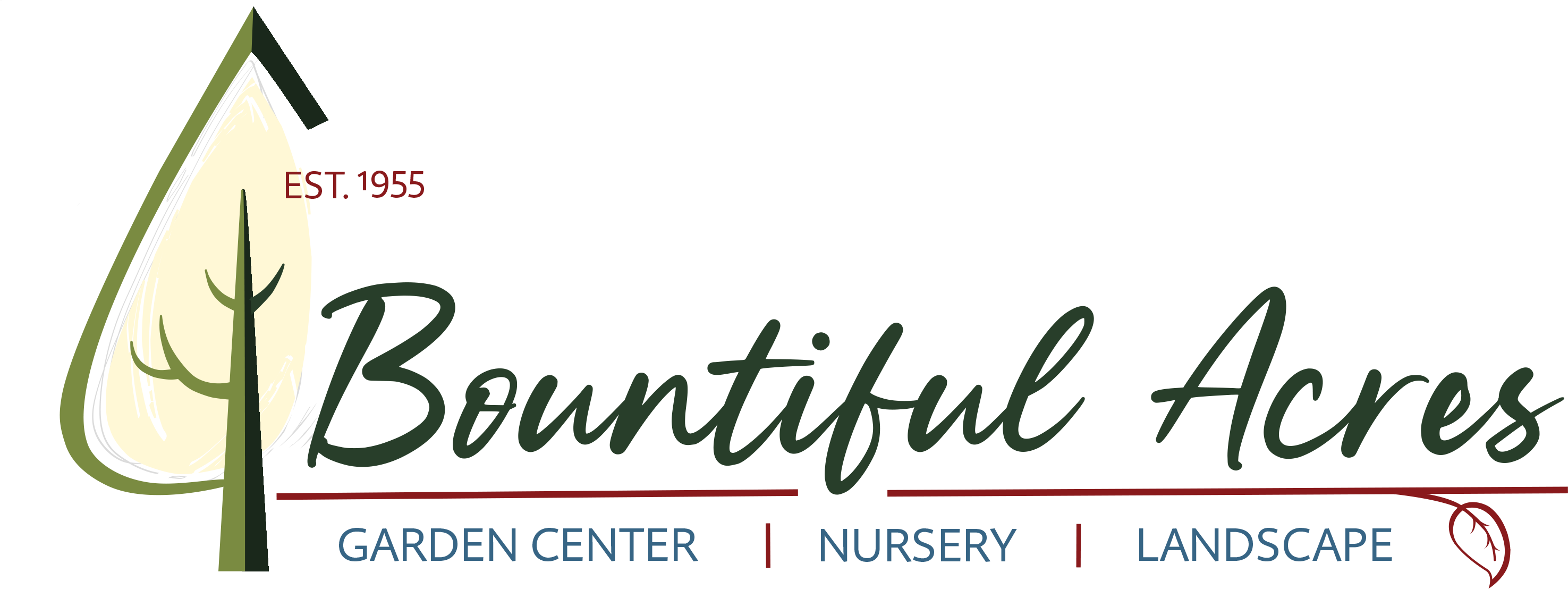Maintaining a beautiful and healthy lawn requires time, effort, and expertise. If you find yourself lacking creativity or skills in any of these areas, hiring a professional lawn care service can be a wise investment. However, with a myriad of options available, it can be overwhelming to choose the right one for your needs. In this blog, we will guide you through the essential factors to consider when selecting a lawn care service that can meet your needs for landscaping, mulching, planting, design, hardscaping, flower beds, maintenance, and anything other features to bring your outdoor oasis to life.
Design-Build:
Before diving into the selection process, identify your project’s specific requirements. Assess your lawn’s condition, consider the services you desire (e.g., mowing, fertilizing, pest control, planting), and determine your budget. Knowing what you need will help you narrow down the options and find a service provider that aligns with your goals. At Bountiful Acres we provide design-build services to help you blueprint your vision to life from the drawing board to execution. Our landscaping architects will integrate your ideas and vision with your property’s footprint and home aesthetic to develop a landscape, hardscape, and/or aquascape design. Using state-of-the-art design software, you will see your imagination come to life before it is built out. A tour of the nursery allows you to see the plants, trees, and shrubs recommended before moving forward.
Trees
Trees play a crucial role in landscaping, adding beauty, shade, and environmental benefits to outdoor spaces. Here are some steps on how to effectively use and evaluate what trees to use in your landscaping and questions you should ask your service provider:
- Assess your space: Determine the size and layout of your outdoor area. Consider factors such as sunlight exposure, soil type, drainage, and available space for tree growth.
- Select appropriate tree species: Research and choose tree species that are suitable for your climate, soil conditions, and available space. Consider factors such as the tree’s mature size, growth rate, shape, foliage color, and flowering characteristics.
- Plan tree placement: Consider the purpose of the tree in your landscape. Do you want shade, privacy, or visual interest? Identify areas where trees can provide these benefits without obstructing views or causing potential issues with structures or utility lines.
- Create focal points: Use trees strategically to create focal points or anchor specific areas in your landscape. Plant a single large specimen tree as a centerpiece or group smaller trees together to create a visual impact.
- Provide variety: Incorporate a mix of tree species to add diversity and interest to your landscape. Consider using trees with different heights, shapes, foliage colors, and bloom times to create a visually appealing composition.
- Consider seasonal interest: Select trees that offer year-round interest. Some trees display colorful foliage during autumn, while others may have striking flowers in the spring or interesting bark patterns in the winter. This ensures that your landscape remains visually appealing throughout the year.
- Understand maintenance requirements: Different tree species have varying maintenance needs. Consider factors such as watering, pruning, fertilization, and pest control when selecting trees for your landscape. Choose trees that fit within your maintenance capabilities or hire professionals for ongoing care if needed. We have a selection of native plants raised in Bucks County that will thrive in the environment, but can also provide guidance on
- Planting and care: Follow proper planting techniques when installing trees in your landscape. Ensure the tree is placed at the appropriate depth and provide proper irrigation during the establishment period. Regularly monitor and care for your trees by watering, mulching, and pruning as required.
Mulching
Mulching is an essential practice in landscaping and gardening that offers numerous benefits, including weed suppression, moisture retention, soil insulation, and nutrient enrichment. When considering mulching, here are some important factors to keep in mind so you’re prepared to select the best mulch for your property:
- Mulch type: There are various types of mulch available, such as organic mulch (wood chips, bark, straw, leaves, nutripeat) and inorganic mulch (gravel, rocks, landscape fabric). Consider the pros and cons of each type and choose the one that best suits your needs, aesthetics, and the specific plants or areas you are mulching.
- Purpose: Determine the specific purpose of mulching in your landscape. Are you mulching to control weeds, retain moisture, regulate soil temperature, enhance soil fertility, or improve aesthetics? Different purposes may require different types or thicknesses of mulch.
- Mulch placement: Mulch should be spread evenly around the base of plants, extending out to the drip line (the outer edge of the plant’s canopy). Avoid piling mulch against the trunk or stems of plants, as this can lead to moisture retention and disease issues.
- Aesthetics: Mulch can significantly impact the visual appeal of your landscape. Consider the color, texture, and overall appearance of the mulch in relation to your plants, hardscape elements, and the overall design of your outdoor space.
Choosing the right lawn care service is crucial for the health and beauty of your lawn. Remember, a well-maintained lawn not only enhances the aesthetics of your property but also provides a relaxing outdoor space for you to enjoy. We are ready to help you design and beautify your outdoor spaces!





